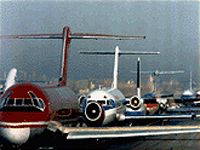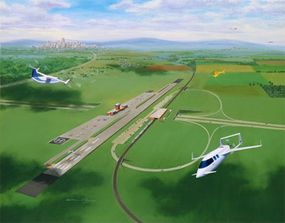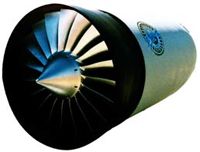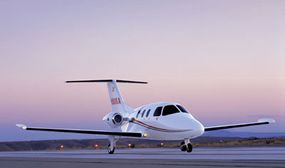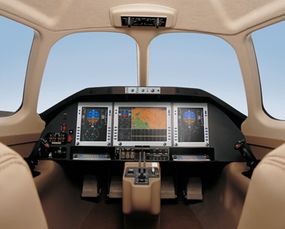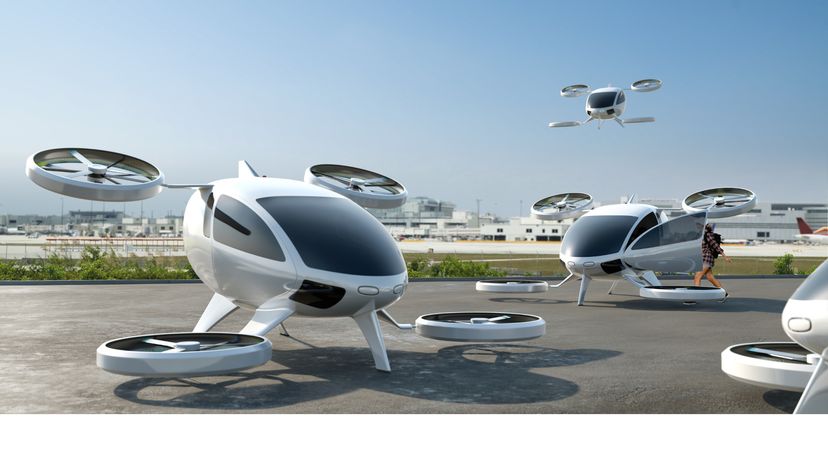
In the world of business, time is money. It seems like the faster you can get something done, the faster it has to get done. Even vacationers want to get to their destination as quickly as possible -- and preferably faster than that. Nowhere is this pressure felt more than in transportation. Since aviation is a major player in the game of modern transportation, many are looking at ways to improve how planes and airports work.
One concept has been the use of "air taxis" -- smaller planes that can take passengers between local airports upon request, bypassing the traffic and delays of major airports. Air taxis, formally the Small Aircraft Transportation System (SATS), could make a trip to the beach or a visit with relatives go from taking six hours on the highway to a quick, no-hassles plane ride.
Advertisement
In this article, we'll find out how the air-taxi system will operate. While air taxis won't allow you to hail a cab from the 40th floor, they will allow you to travel faster and more conveniently than ever before.
